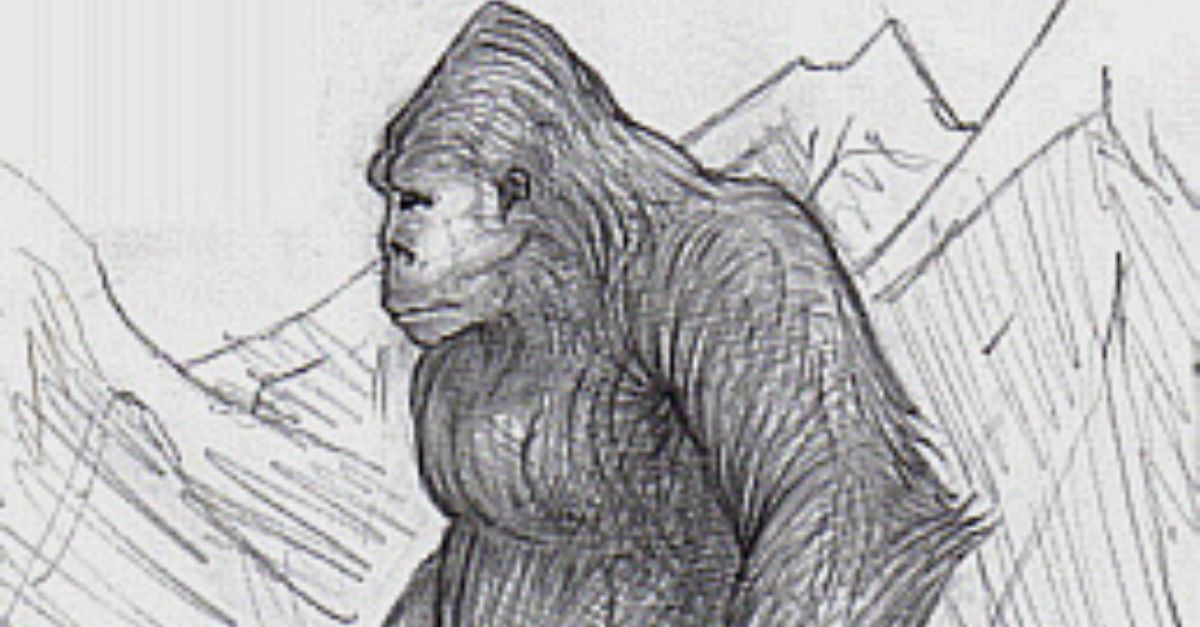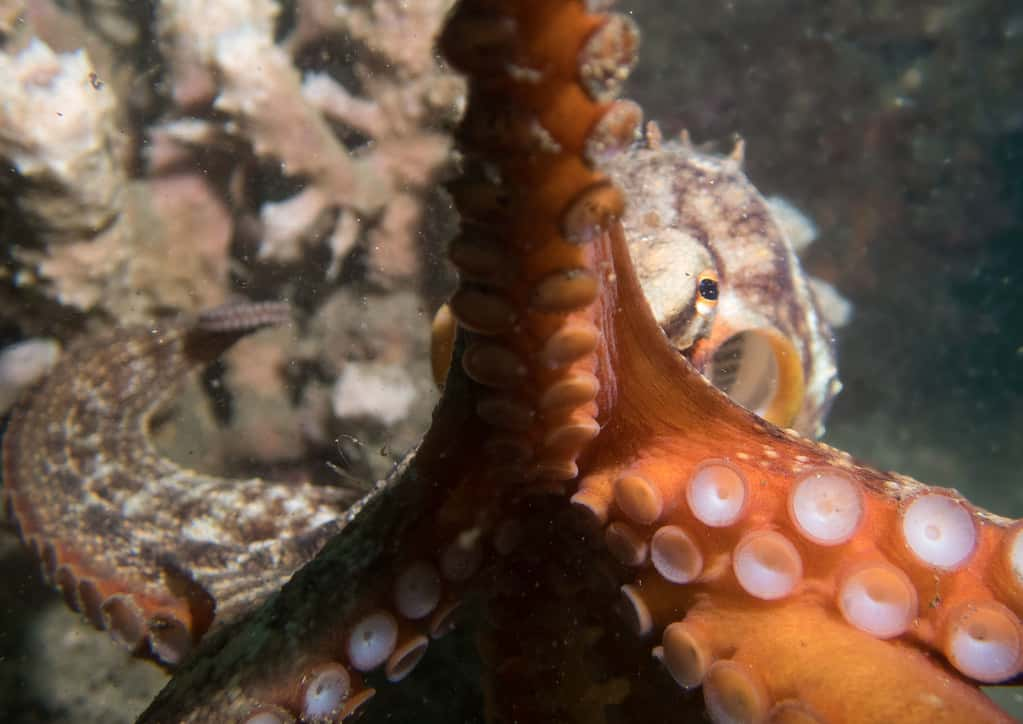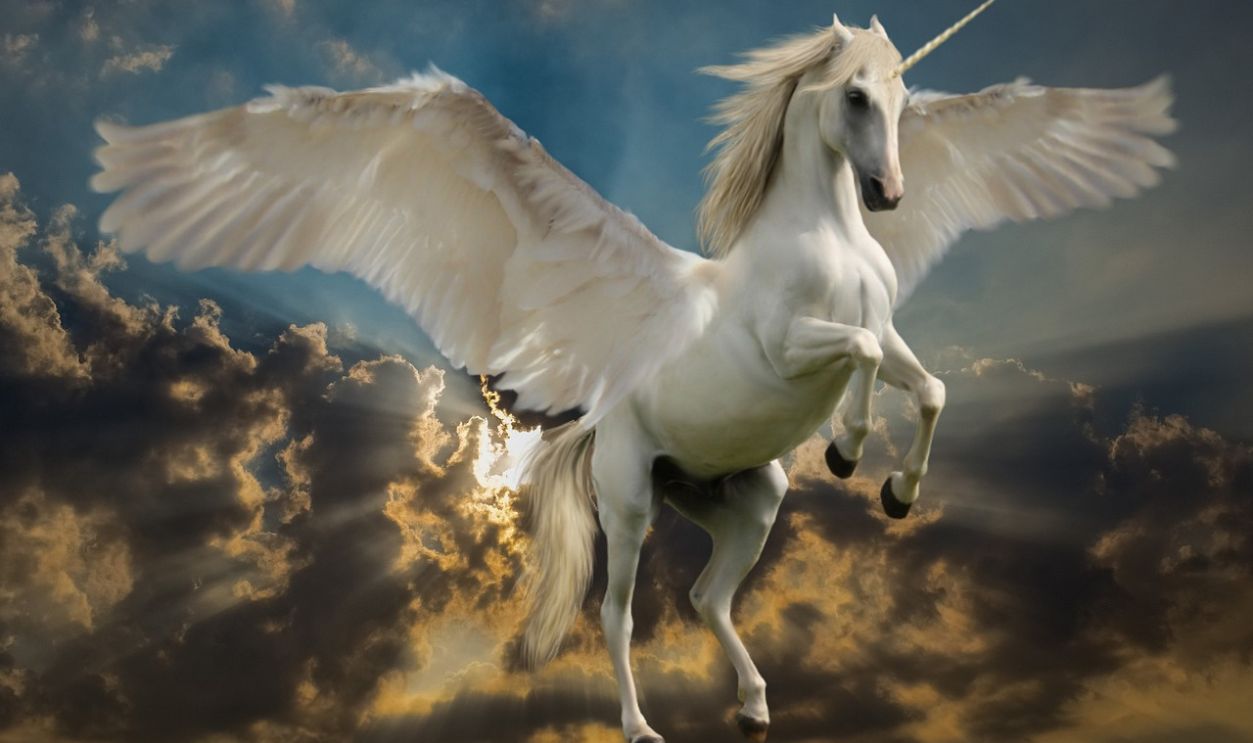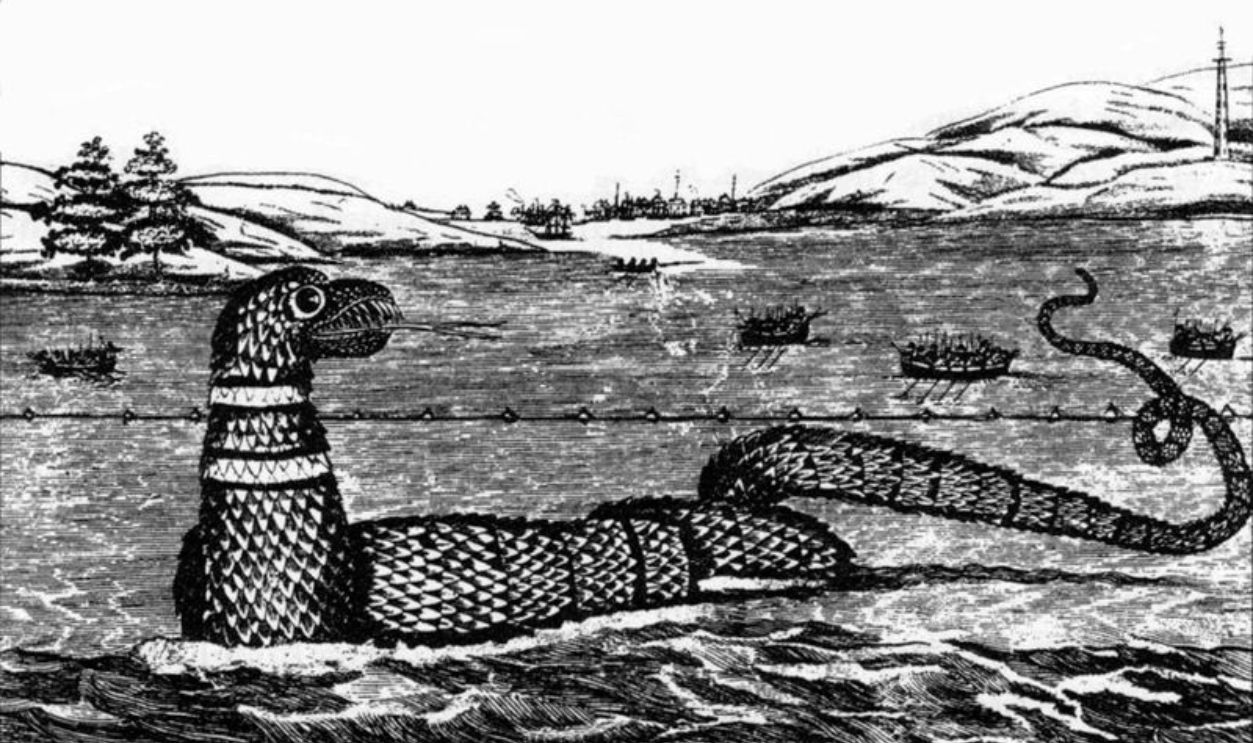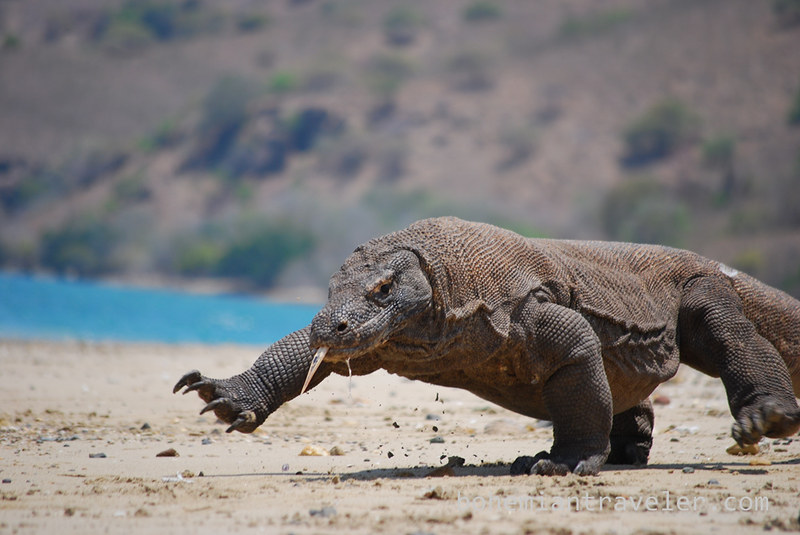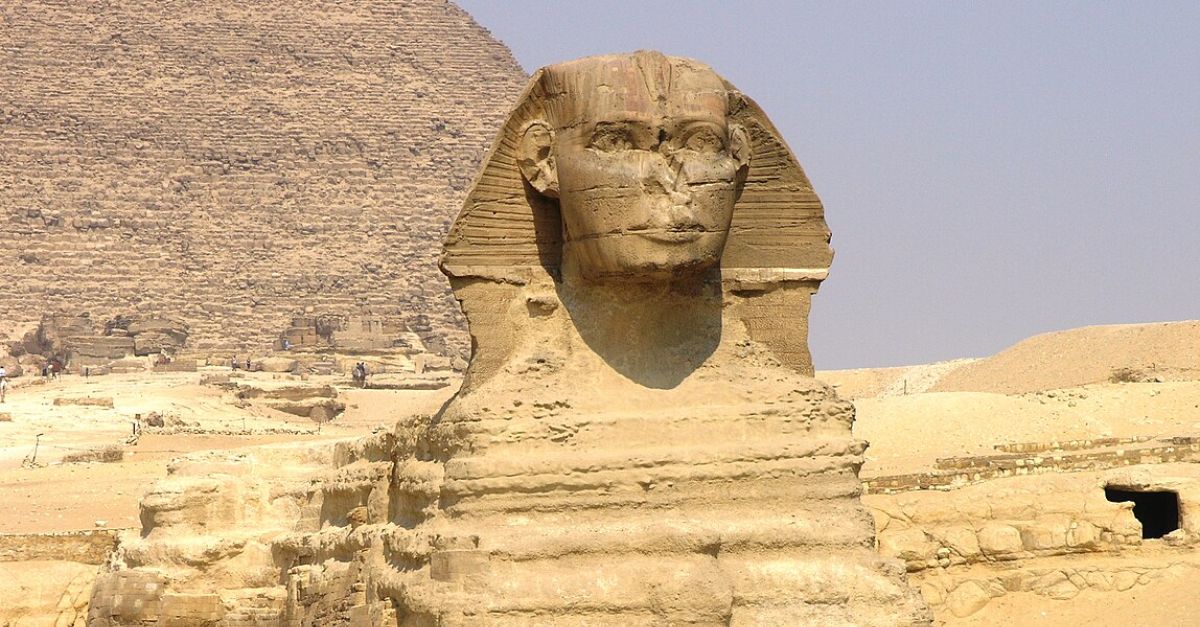Mythical But Also Real
Human imagination is potent, being able to weave tales of terror from incomprehensible experiences. The beasts of folklore are usually too wild for this world. Sometimes though, the creatures of our dreams (or nightmares) wind up being real.
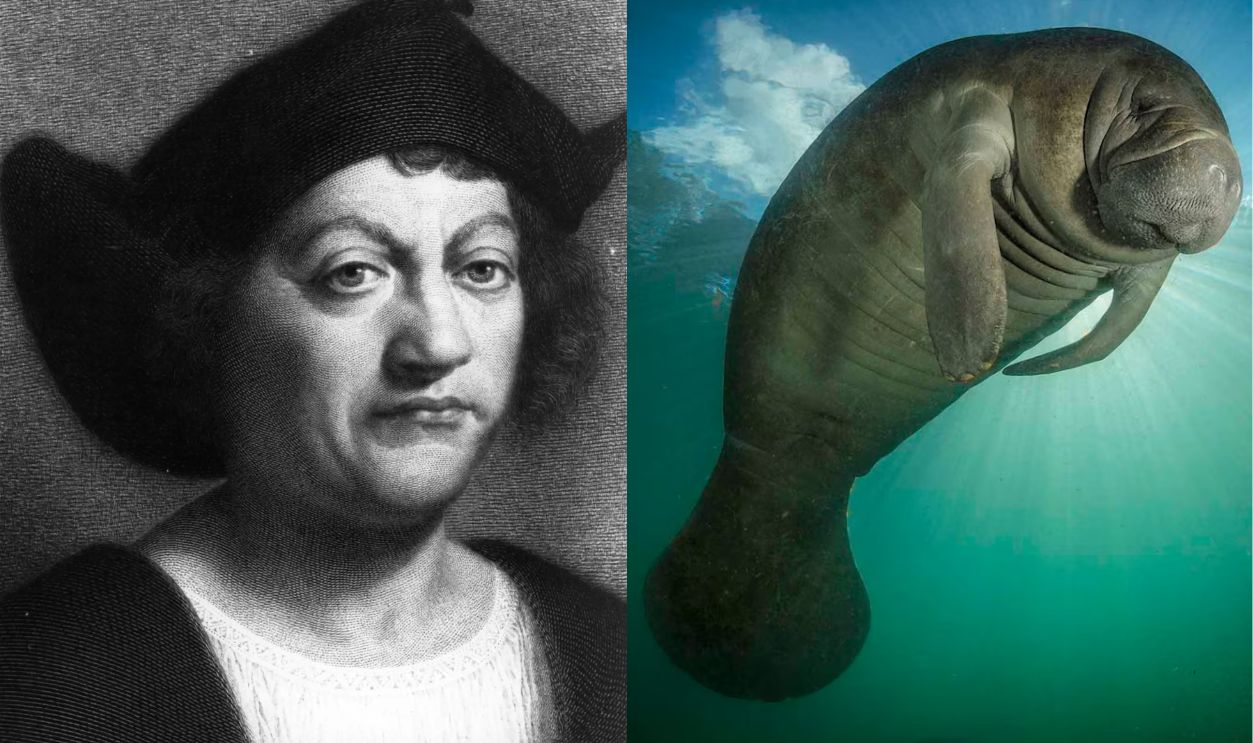
Present But Rarely Seen
Throughout civilization, there have been stories of monsters who roam the land, sea, and sky, dominating the rest of all creatures with their strength and might. The limited sightings of these beings shroud them in mystery but also divulge that they may not be all that otherworldly after all.
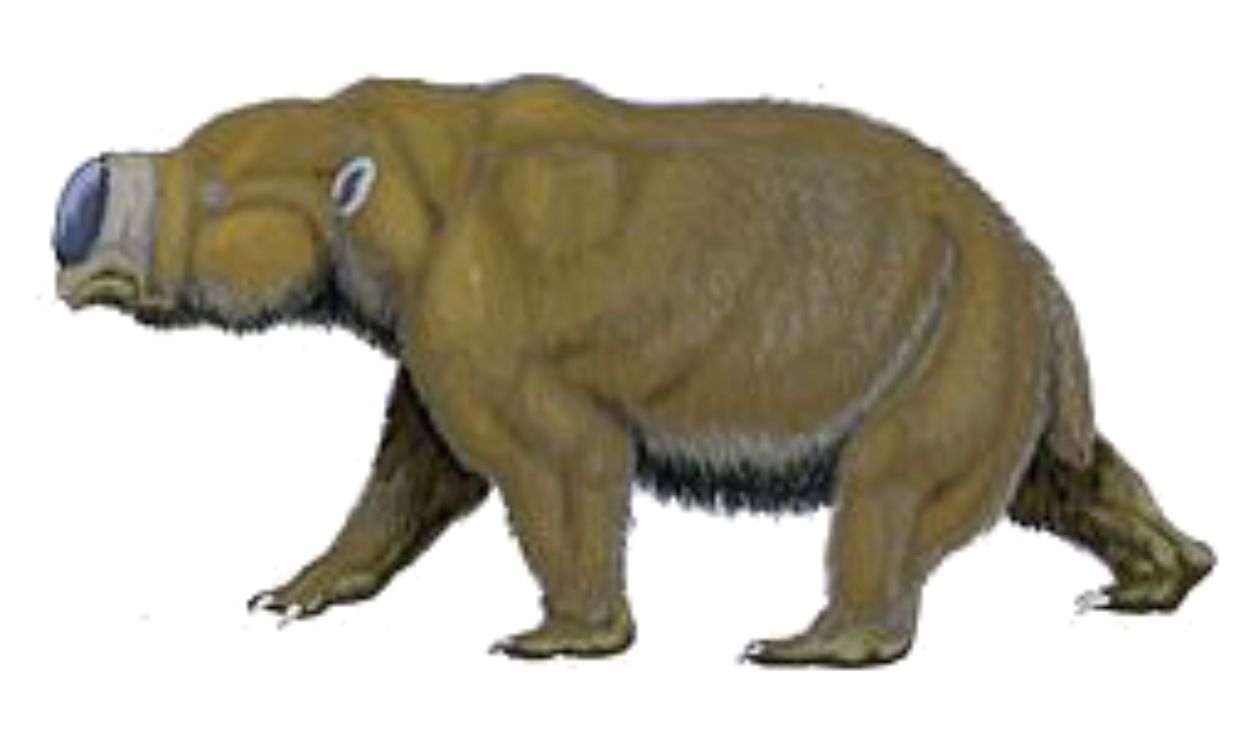 Artuller, CC BY-SA 3.0, Wikimedia Commons
Artuller, CC BY-SA 3.0, Wikimedia Commons
Gorillai
Opening the list is a surprising contender amongst the ex-cryptids, the Gorillai. Prior to Darwin's theory of evolution that is now universally recognized for hypothesizing that humans evolved from apes, this creature was never before seen by anybody outside of the African subcontinent.
 Julia Margaret Cameron, Wikimedia Commons
Julia Margaret Cameron, Wikimedia Commons
Gorillai (Cont.)
Therefore, it’s not astonishing that when Greek adventurer Hanno The Navigator encountered Apes on the west coast of Africa in 500 BC, he described them as creatures resembling extremely hairy women, calling them Gorillai. The Gorilla can now be seen in zoos and wildlife sanctuaries all around the world.
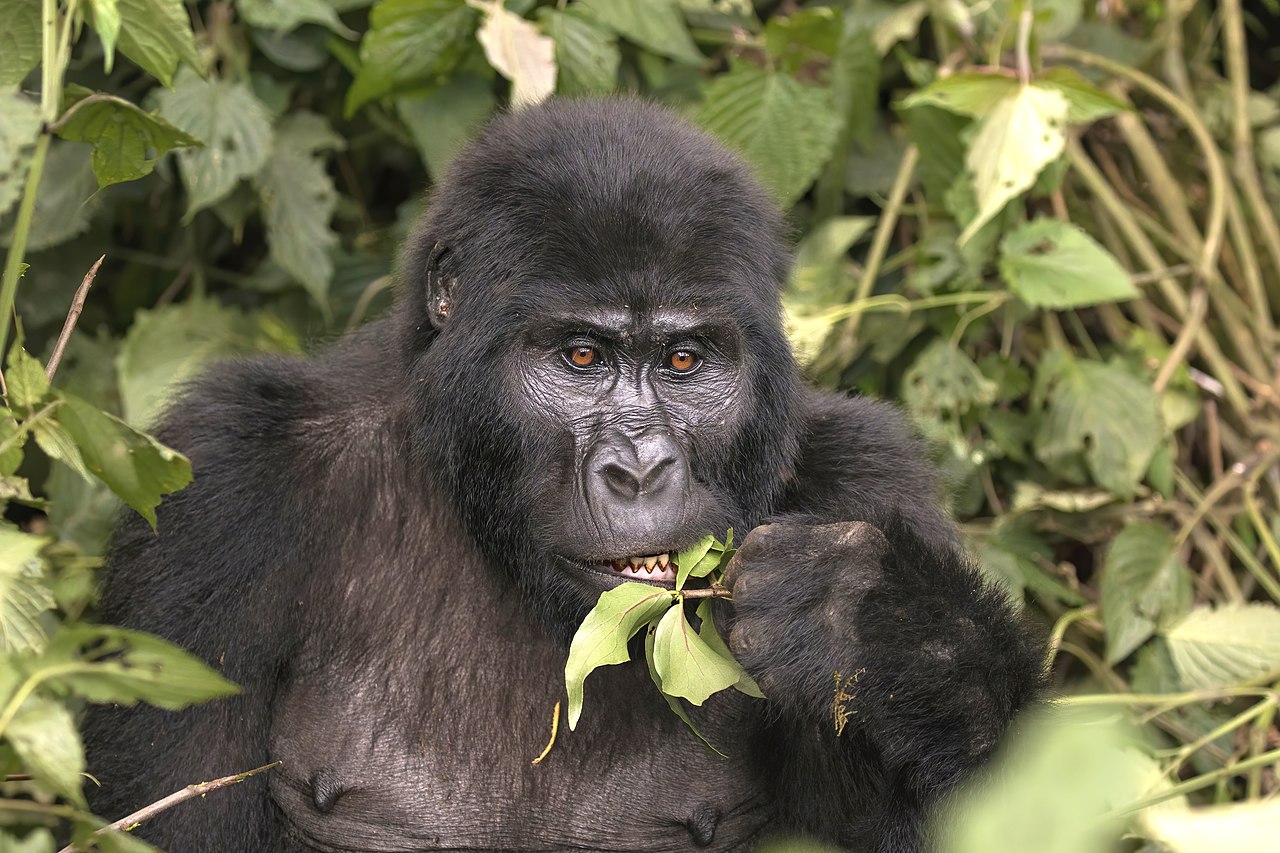 Charles J. Sharp, CC BY-SA 4.0, Wikimedia Commons
Charles J. Sharp, CC BY-SA 4.0, Wikimedia Commons
Kraken
This legendary sea monster has struck fear in the hearts of sailors and explorers for centuries, with a terrifying reputation even today. The earliest records of the being are from the 1700s in Francesco Negri’s travelog. Thirty years later, sea-faring Danish and Norwegian missionaries would talk of…
Kraken (Cont.)
A giant creature with multiple arms that could engulf entire vessels. This would develop into the legend of the Kraken, a cephalopod whose existence would not be confirmed until the mid-19th century. Today, scientists have observed the Giant Squid in the deep ocean waters around Norway and Greenland.
Unicorns
Rhinoceroses are found in places like Sumatra and Borneo and on the African subcontinent. The primary feature that distinguishes them from other animals is the single horn in the middle of their head. Another mythical creature that suspiciously shares the same characteristic is… you guessed it, a Unicorn.
Unicorns (Cont.)
Contrary to the modern unicorn's image, Pliny the Elder's 1st-century AD description of the unicorn portrayed it as a creature with a stag's head, elephant-like feet, a boar's tail, and a black horn.
 Library of Congress, Wikimedia Commons
Library of Congress, Wikimedia Commons
Unicorns (Cont.)
This is a clear hint to the origins of the myth of the Unicorn which then evolved into the fairy-tale creature it is today. In fact, the Vikings that used to hunt Arctic Narwhals, which can be seen in Canada and Greenland, often sold their tusks as Unicorn horns.
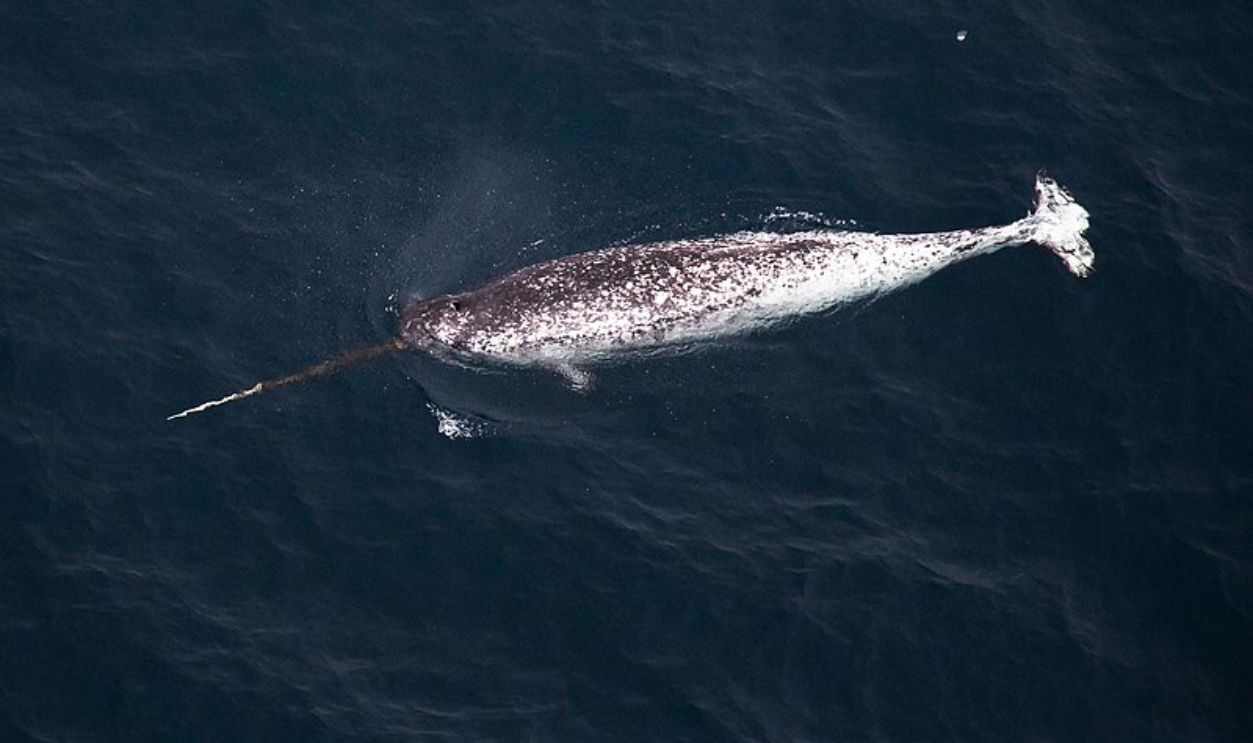 Press service, CC BY-SA 4.0, Wikimedia Commons
Press service, CC BY-SA 4.0, Wikimedia Commons
Yeti
The Abominable Snowman, like many other cryptids, is the result of the wild imagination of the human species. Scientists believe that this large, elusive, and hairy human-like being is just an Asian black or Himalayan brown bear standing up on its hindlegs.
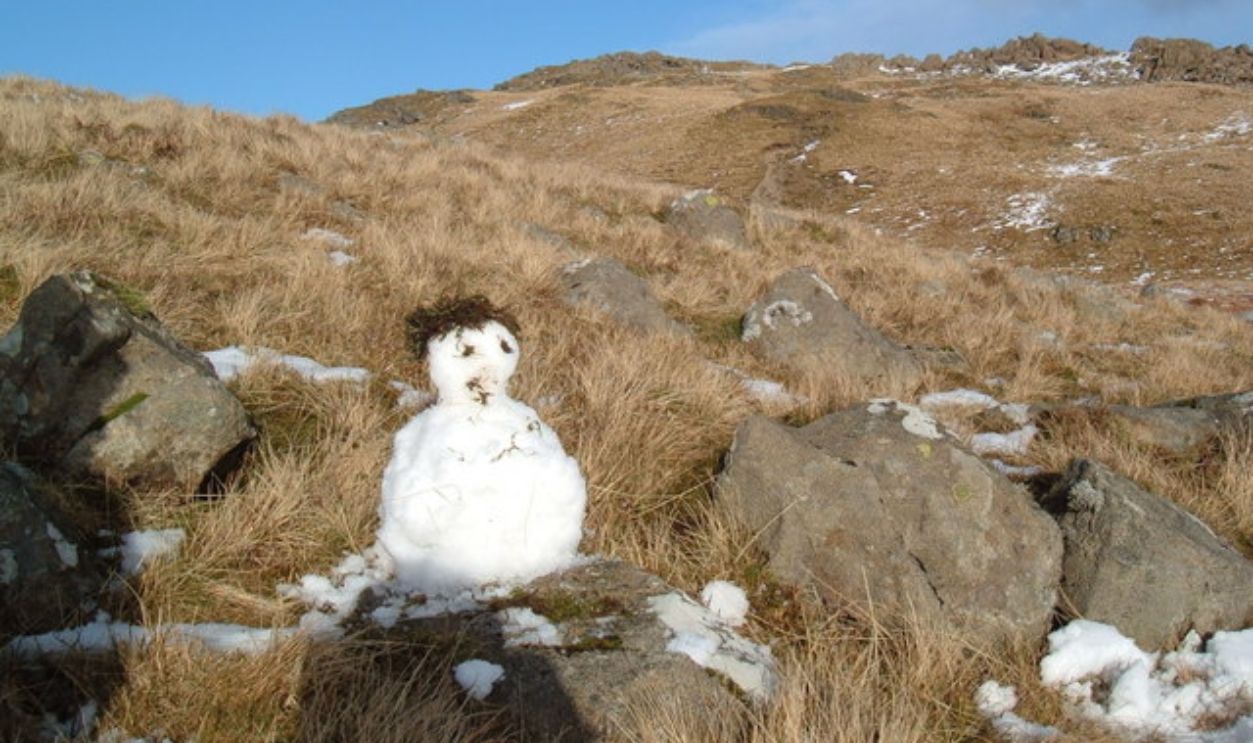 John Horner, CC BY-SA 2.0, Wikimedia Commons
John Horner, CC BY-SA 2.0, Wikimedia Commons
Yeti (Cont.)
They came to this conclusion after testing the DNA samples from the supposed “Yeti,” which matched that of bear DNA. Nevertheless, the Yeti is integral to urban legend, and some destinations in Nepal and Tibet offer Yeti-themed tours that explore the lore behind the creature.
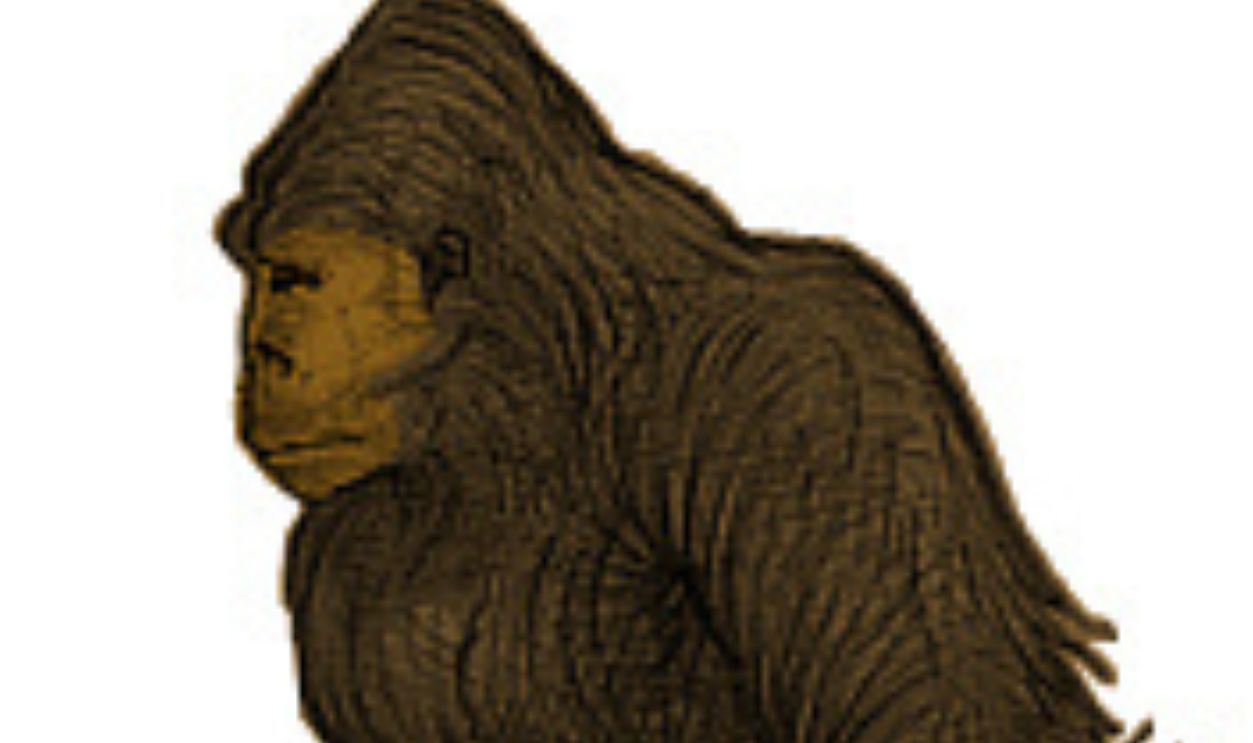 Ipipipourax, CC BY-SA 3.0, Wikimedia Commons
Ipipipourax, CC BY-SA 3.0, Wikimedia Commons
Sea Snake
The origins of the Sea Snake date back to ancient texts like those of the Mesopotamian civilization and in Greek and Norse mythology. This elusive marine organism was mystified as a product of man’s apprehension of the vast ocean. It was first seen in Gloucester, Massachusetts.
Sea Snake (Cont.)
Since then, Sea Snakes have been demystified, with cryptozoologists citing the oarfish as the culprit behind the tales. They can grow up to eleven meters long and glide through the water like a snake. The cosmopolitan creature is hard to come by but inhabits temperate and tropical waters.
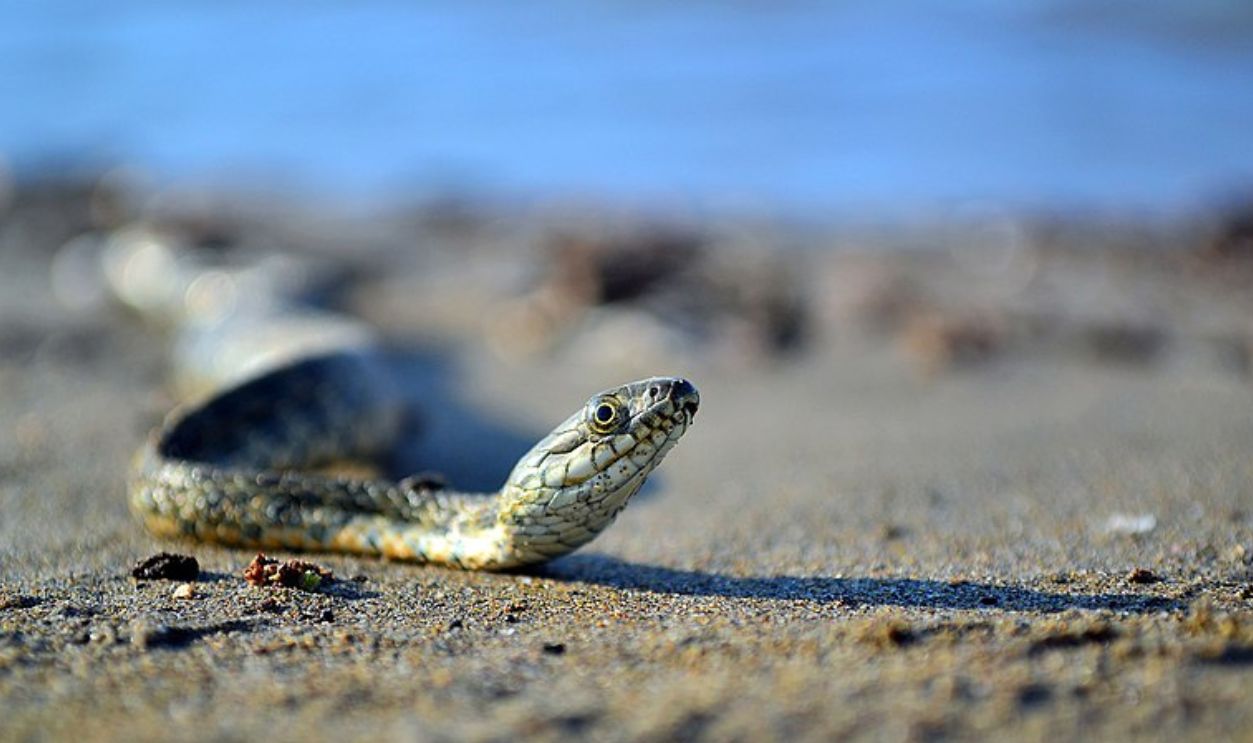 Payman sazesh, CC BY-SA 4.0, Wikimedia Commons
Payman sazesh, CC BY-SA 4.0, Wikimedia Commons
Giant Lizard
The Komodo Dragon is presently an endangered species which can be found on the Komodo Island in Indonesia, a UNESCO World Heritage Site popular for ecotourism. Anybody who has seen one can understand why the reptilian animal was believed to be a thing of fables.
Giant Lizard (Cont.)
The dragon-looking lizard was only documented in the early 20th century when Lieutenant Jacques Henri went on an expedition to Komodo island and brought back the skin and photos of the animal. Until then, it was a part of the local stories of the Agta tribespeople.
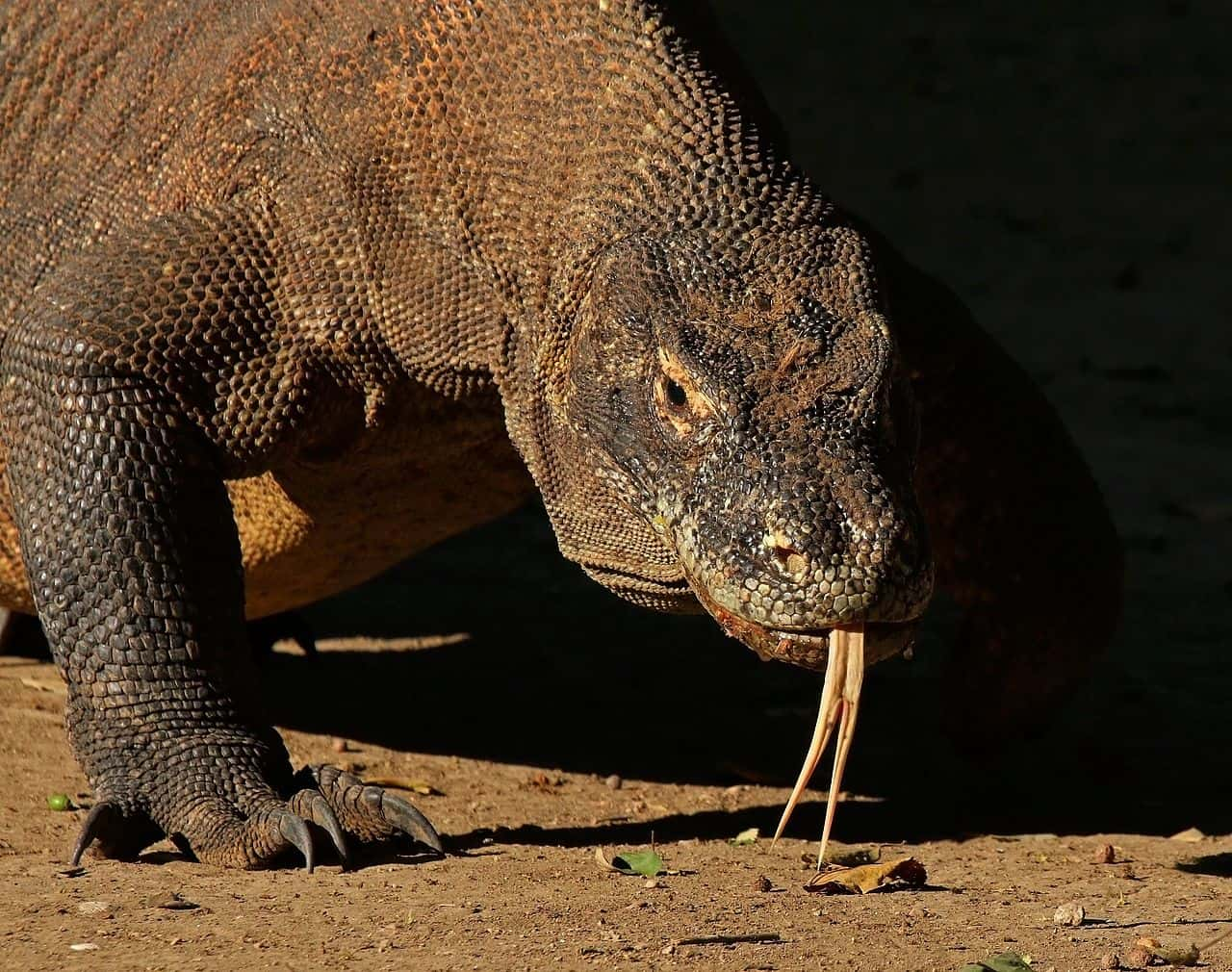 Wikimedia Commons, Charles J Sharp
Wikimedia Commons, Charles J Sharp
African Unicorn
Not many are aware of this animal’s existence, even in the present day! In addition to their natural habitat in the Okapi Wildlife Reserve in the DRC Africa, okapis can be seen in zoos throughout America and Europe. The solitary mammal looks like a cross between a zebra, donkey, deer, and antelope.
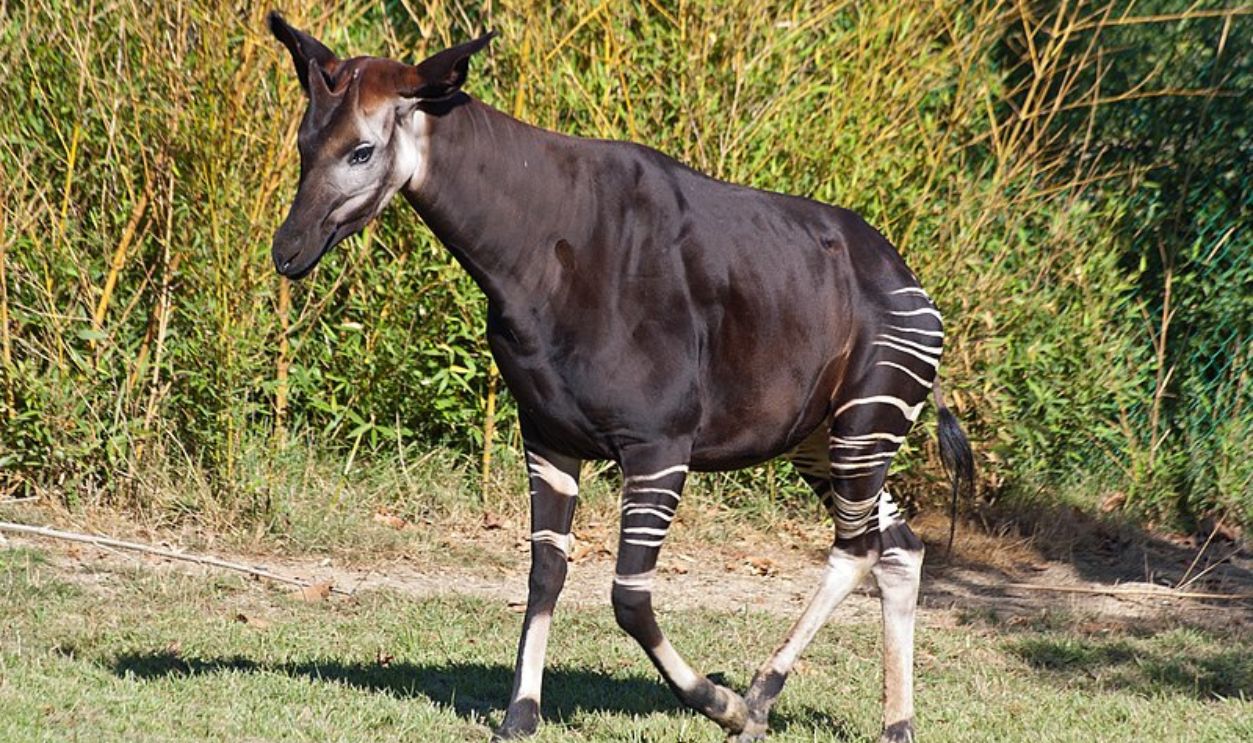 Daniel Jolivet, CC BY 2.0, Wikimedia Commons
Daniel Jolivet, CC BY 2.0, Wikimedia Commons
African Unicorn (Cont.)
Its unusual appearance is only one of the factors that contributed to its mystification. The elusiveness of their species made even the locals unsure of their existence until 1901 when Sir Harry Johnston obtained Okapi skulls and skins with their help.
Mermaids
Are there conscious humans with fins and gills out in the vast ocean? Definitely not. On the contrary, the mammal that was mistaken for a mermaid looks nothing like its fictional counterpart. Christopher Colombus, who had famously recalled observing mermaids during his voyages, probably encountered Manatees or Dugongs.
 Sebastian of the Lead, Wikimedia Commons
Sebastian of the Lead, Wikimedia Commons
Mermaids (Cont.)
These animals are about 6 feet long when fully grown, which is approximately the size of an adult human. They also stand up in shallow waters, contributing to their misidentification as mermaids. Nevertheless, there are lots of destinations where you can swim with Manatees and Dugongs, from Florida to Western Australia.
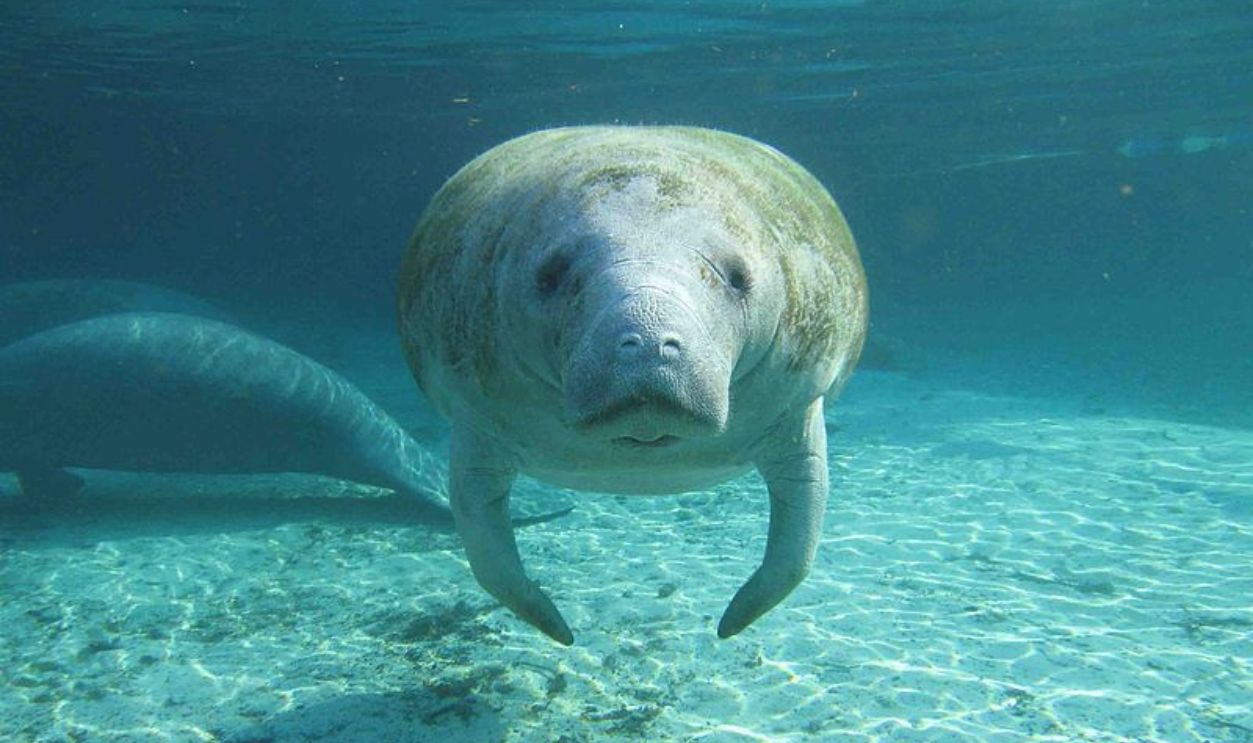 U.S. Geological Survey, CC BY 2.0, Wikimedia Commons
U.S. Geological Survey, CC BY 2.0, Wikimedia Commons
Pouakai
The Pouakai literally translates to “old glutton” in the Maori language, and is a fearsome bird of prey that has mythological roots in the Maori culture. They believe that this huge bird would swoop down to carry humans off to its nest on Mt. Torlesse in New Zealand.
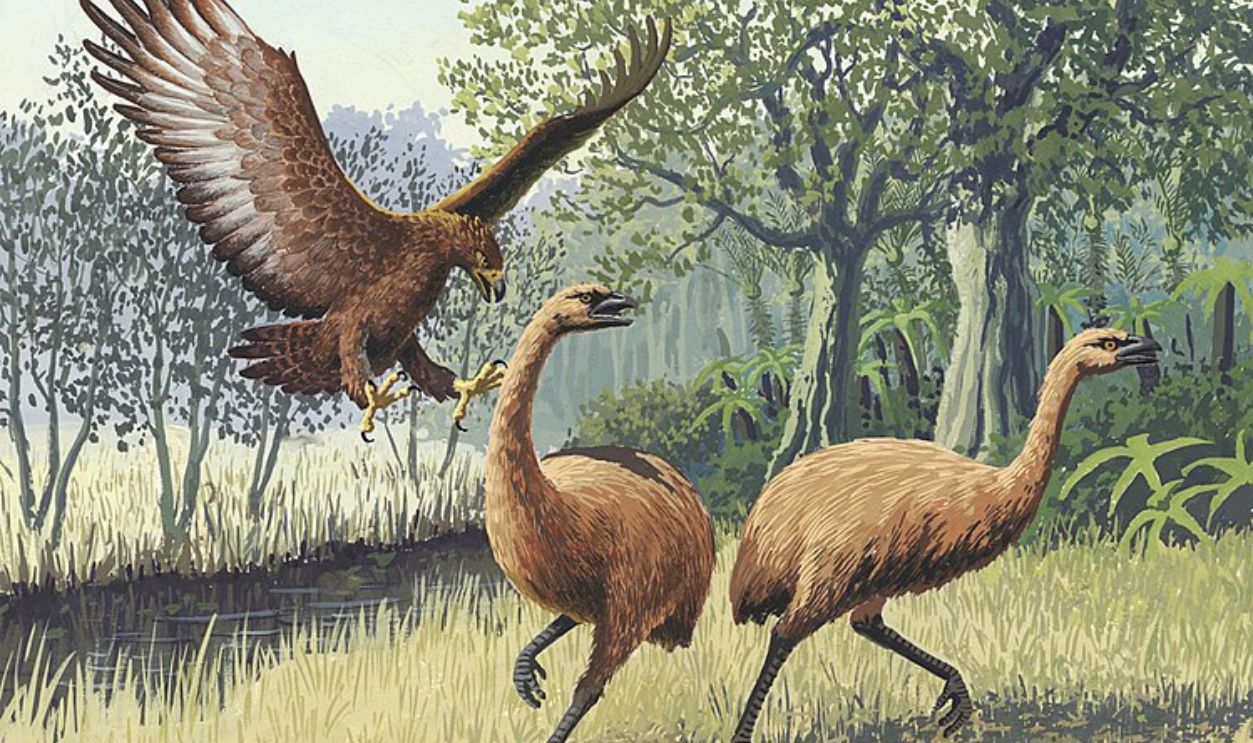 John Megahan, CC BY 2.5, Wikimedia Commons
John Megahan, CC BY 2.5, Wikimedia Commons
Pouakai (Cont.)
While this tale may be the most terrifying of all, it’s still got the most truth to it. In addition to their natural habitat in the Okapi Wildlife Reserve in the DRC Africa, okapis can be seen in zoos throughout America and Europe. The species went extinct in 1445 due to a combination of factors.
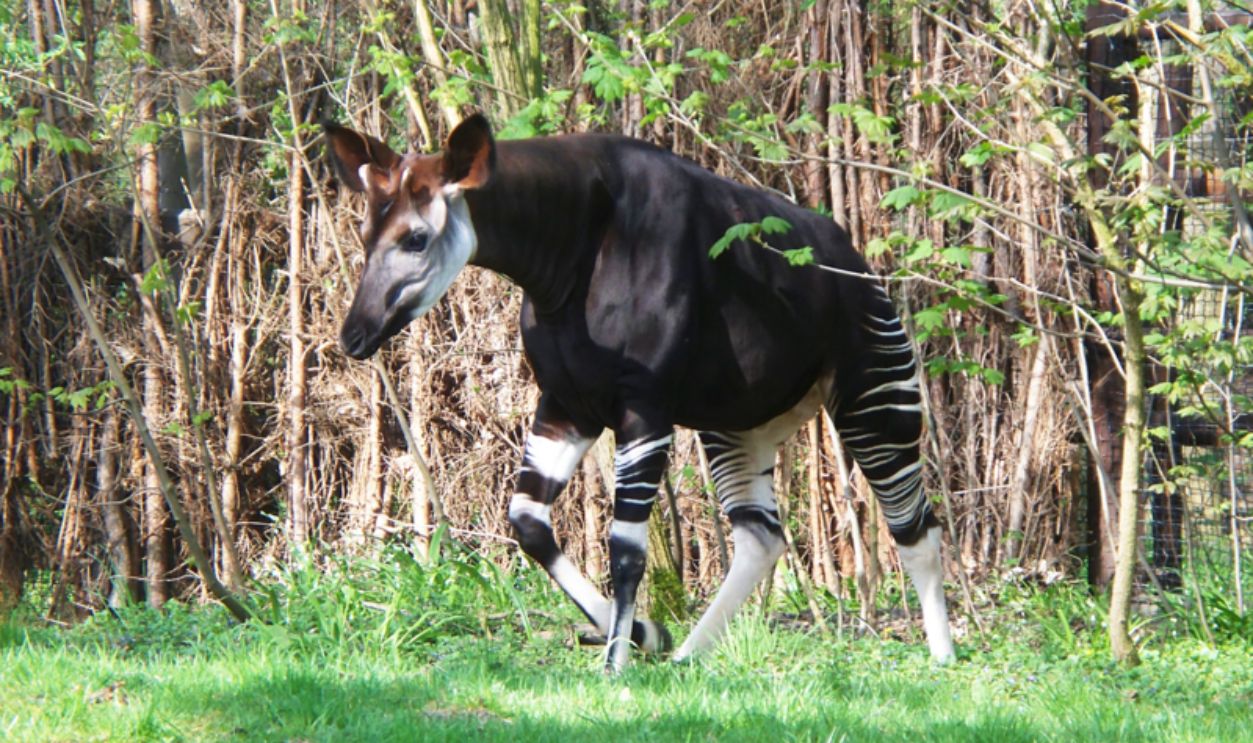 nachbarnebenan, Wikimedia Commons
nachbarnebenan, Wikimedia Commons
Roc
One more frightening prototype of an ancient bird was the Roc, which reportedly lived on an island off the coast of Africa. This statement was given by sailors who probably saw this creature on what we know today as Madagascar.
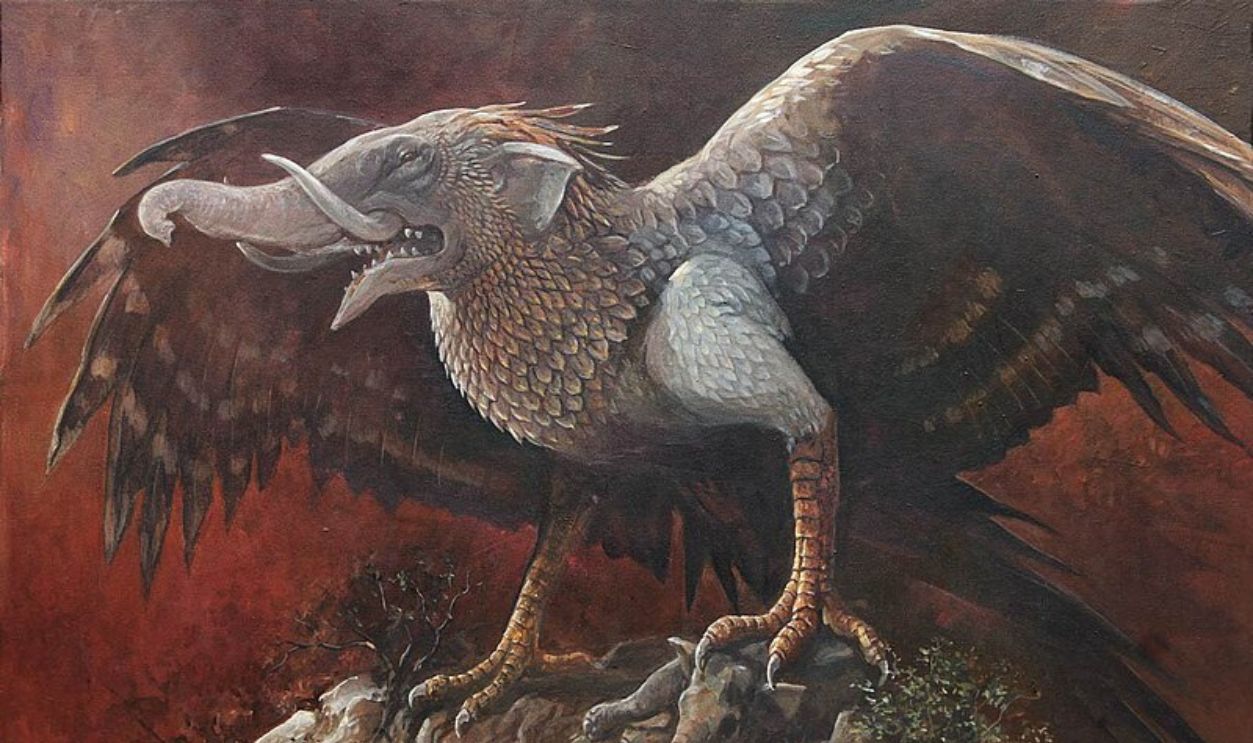 Dasiths, CC BY-SA 4.0, Wikimedia Commons
Dasiths, CC BY-SA 4.0, Wikimedia Commons
Roc (Cont.)
Similar to the Haast Eagle, this bird actually existed on Earth around 43,000 years ago. It was called the Aepyornis or Elephant bird and was 10 feet tall. Despite its large size, the Aepyornis was a flightless species closely related to Emus and Kiwis.
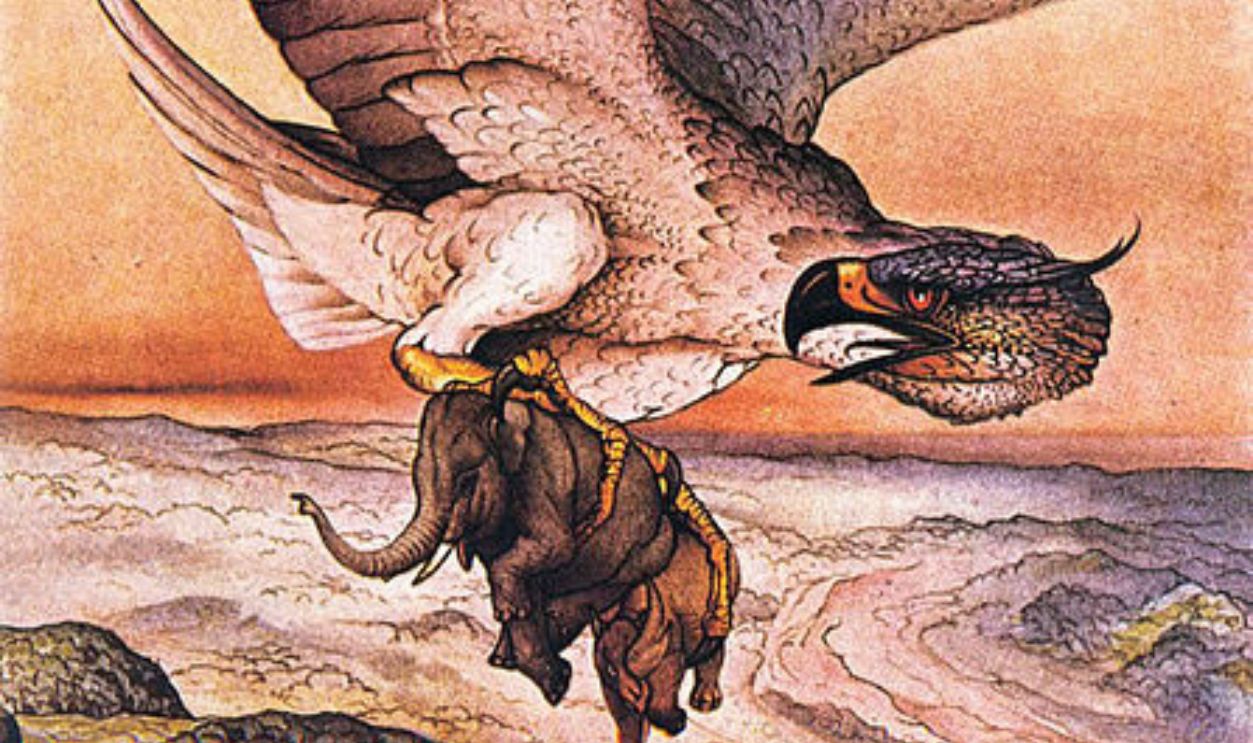 Charles Maurice Detmold, Wikimedia Commons
Charles Maurice Detmold, Wikimedia Commons
Bunyip
An ancient cryptid from Aboriginal Australian folklore, the Bunyip was said to dwell in swamps, billabongs, and rivers, terrorizing those who ventured too close. Described as a fearsome, water-dwelling creature, its appearance ranged from being a giant snake to a large amphibian-like animal.
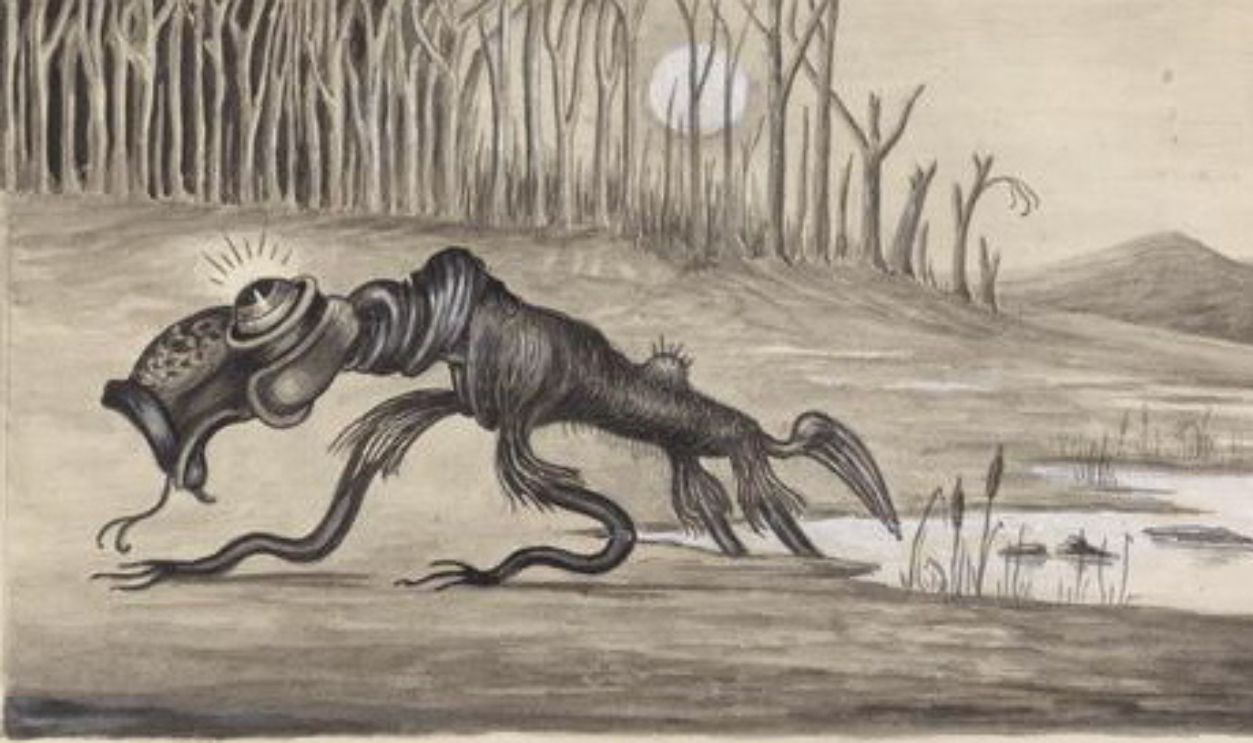 Gerald Markham Lewis, Wikimedia Commons
Gerald Markham Lewis, Wikimedia Commons
Bunyip (Cont.)
Though the Bunyip was initially dismissed as a myth, some believe that sightings of the creature may have been inspired by encounters with now-extinct Australian megafauna, such as the Diprotodon, the largest known marsupial to have ever lived. These giant, wombat-like creatures disappeared about 46,000 years ago.
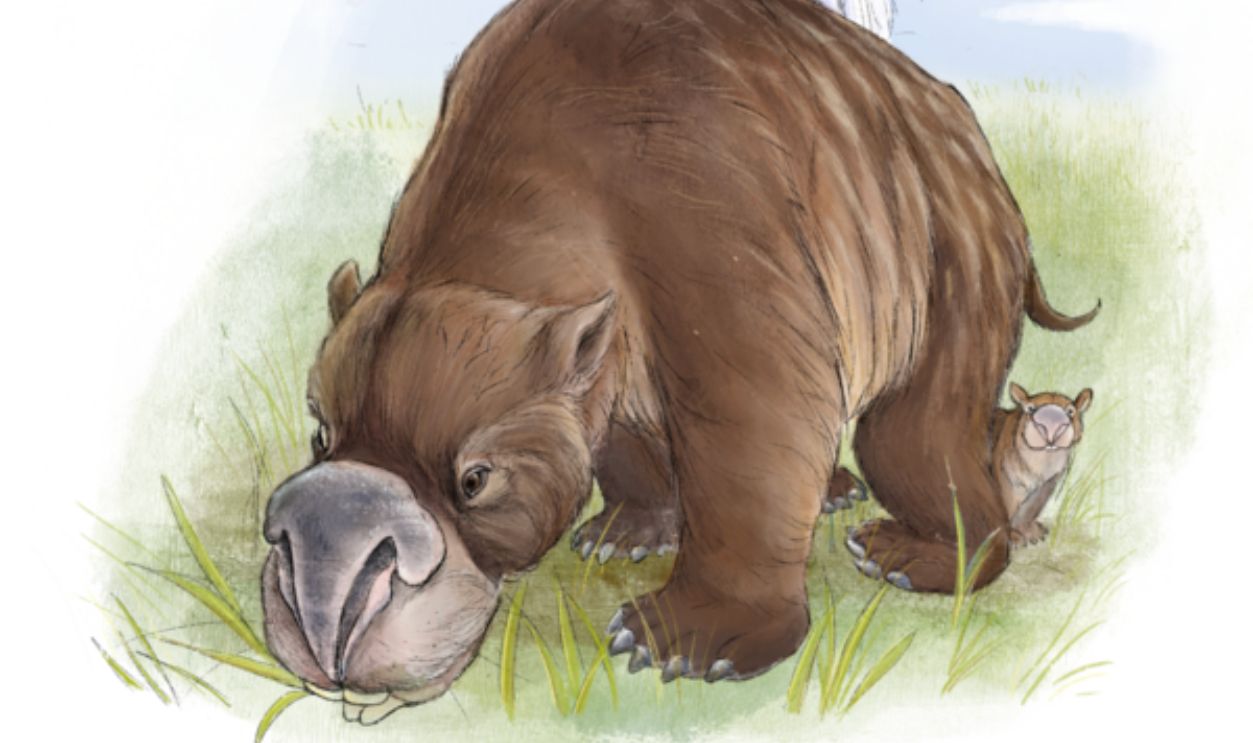 Eleanor, CC BY-SA 4.0, Wikimedia Commons
Eleanor, CC BY-SA 4.0, Wikimedia Commons

